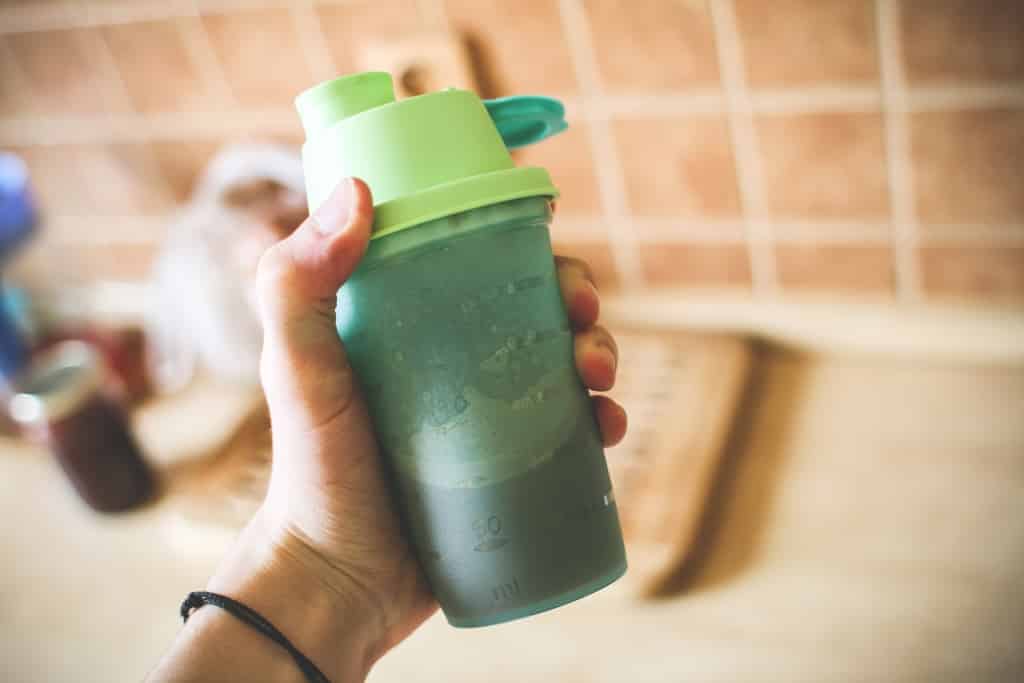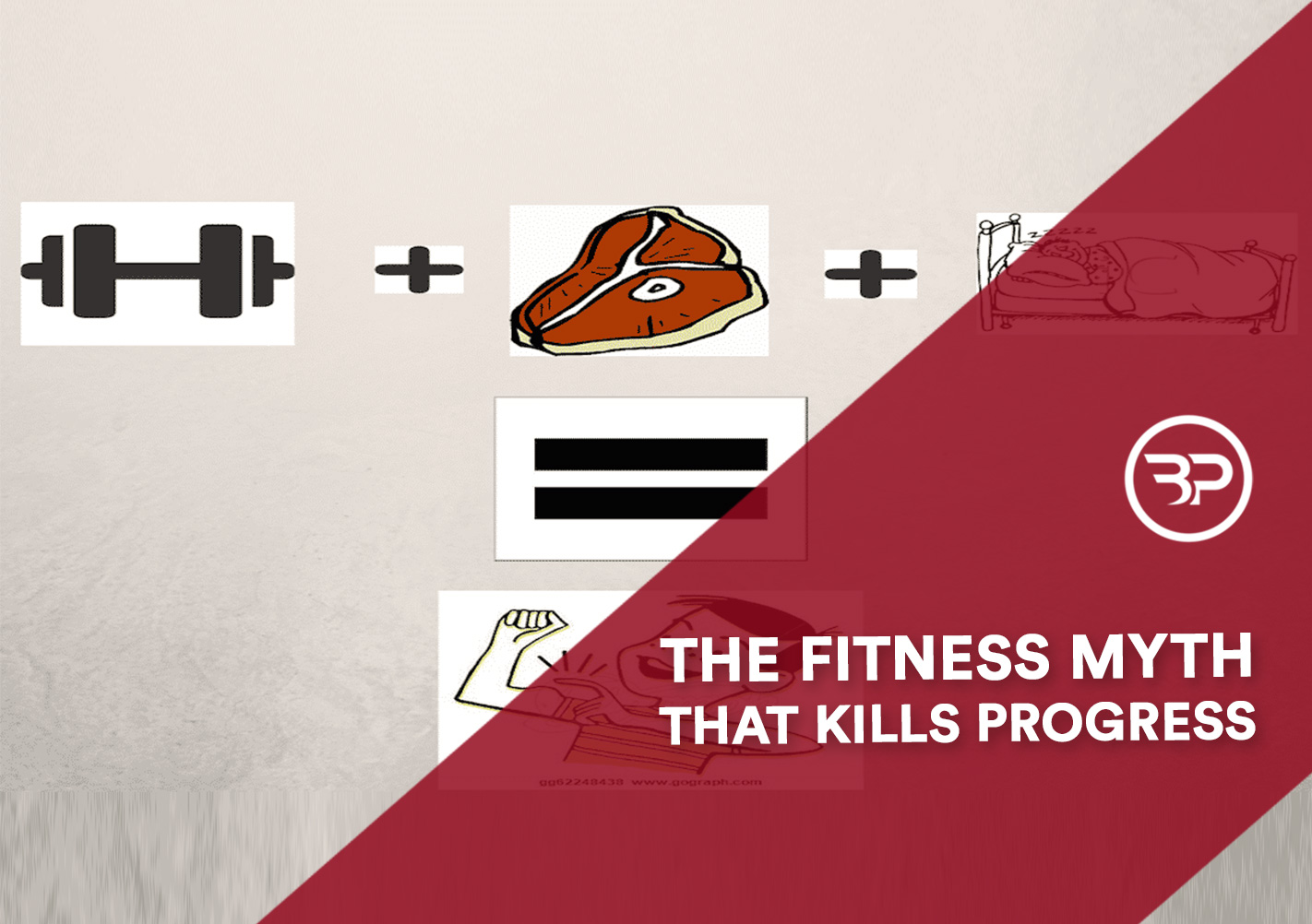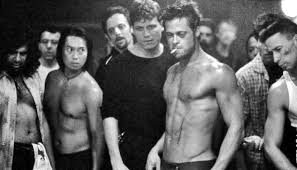The Fitness Myth That Kills Progress
March 16, 2016
There is a fitness perpetuated by the fitness industry.
No one is innocent.
Not me, you, expert coaches, powerlifters, athletes, CrossFitters, or the swole bro’s at your gym.
It leads to information overload and the frustration of pulling your hair out and worrying that you’re doing it all wrong. It leads you to ditch your diet for the next cure-all diet plan, the next perfect workout, and another 6-week empty promise.
You’re constantly bombarded with information, leading to yo-yo diets, overuse injuries, and ineffective training.
You know the feeling. When you’re sitting with your coffee, digging into your reading list.
Your hands jitter, your mind races like a meth-laden hamster stuck on his wheel. More often than not, you’re …do I have it all wrong?
Am I not doing enough?
I read squats are good, let’s do 10×10 instead of 3×8.
Sprints too, how about hill sprints after squats? We fall into a trap that if “some” workout is good, then doubling its intensity or volume is even better.
Which all leads me to the title of this post: The Biggest Fitness Myth Killing your progress.
If a little is good, then more is better.
Applied outside of fitness justifying the “for more is better” idea seems ludicrous, but logic is perpetually ignored when it comes to training.
If two beers gives you a buzz then let’s drink six and a do Power Hour!
If you need you need to get from home to work and back, a Honda will do, but why not a Porsche? Who cares if the lease is as more than your rent #yolo.
Neither of these (well, maybe beer) sounds like a good idea.
So why do we ignore common sense when it comes to training?
Now, we have power clean timed trials and box jump competitions and ultra-complex hybrid programs like Carb-cycling complex training cross-pollinated with German volume training.
Yep, it’s really shitty.
Quality has gone out the window, overtaken by the endless chase for excess under the false premise that more is better.
Quality Over Quantity: The Key to Crushing the Biggest Fitness Myth
Training is a double-edged sword. One part is stress to produce a training stimulus, while the other half is recovery. But hard training rarely, if ever is the missing component. Quality training and recovery are.
The harder you train, the more you must recover. Conversely, when you train hard without an adequate focus on recovery, you’re taking one step forward and two steps back.
Obviously, you want to make gains as fast as possible. That’s why I’m going to cover the sexy process of training and adaptation, giving you the strategies to keep your training fun, effective, and maximize your time in the gym.
P.S. Are you looking to simplify fitness and lose fat faster? I’ve put together a FREE course to help you lose fat and look better naked. just click here.
How to Make Progress in the Gym
Making progress requires the stimulus from training and adequate recovery to make you stronger, leaner, and hotter.
Side note: How fucking awesome is this picture?
Without recovery, there won’t be progress!
GAS: General Adaptation Syndrome
Back in the day, a smart dude named Hans Selye described whats known as the General Adaptation Syndrome (GAS). The body responds to a state of responses, such as workout. It also responds to adaptations, a collection of focused workouts. All this happens after exposure to a stressor, the training itself.
This is where it gets real. Your body goes through three stages from training and recovery:
* There isn’t enough stress to stimulate change (under training)
* The perfect amount of stress and recovery, contributing to the holy unveiling of gains (perfect)
* and the last one, too much stress with insufficient recovery. This leads to…death, (overtraining.)
Per the examples above, it’s best to shoot for the middle– optimal training and recovery. So the real secret is training and recovering enough to stimulate, but not annihilate your body.
The keys? Consistency and micro-progressions.
Consistency Over Time Gets you Massive Gains
Saying consistency is key is not as sexy as saying: “100x sit-ups/day gives you those sexy v-lines on your tummy that look really good on spring break, ” but ask yourself:
What are your goals?
What are your actions, or what are you currently doing to make big things happen?
Now, do your actions match your goals?
Match your actions to your goals.
Now, keep doing them for weeks, months, and years. Applied to your training, these simple tips will these simple tips will get you leaner, stronger, more muscular, or more athletic. Whatever your goal is, crush it consistently.
Stick with a Body Composition Goal for at Least Twelve Weeks
One of the questions I ask my coaching applicants is, “If we were to meet in twelve weeks, how would you want your body to change? ”
Ask yourself the same question right now, and write it down.
This creates the picture of where you want to go and pushes you to focus on one clear goal: losing fat, building muscle, building strength, or improving athleticism. Now, that doesn’t mean they can’t make progress in all these areas. But having a singular focus sets you up for success.
Even more, all goals take time to see what works. Your diet needs 1-2 weeks and training 3-4 week before you can really see how your body is starting to change.
Making changes before that is a mistake. Once you’ve given your body time, then make small changes to push results.
P.S. Are you looking to simplify fitness and lose fat faster? I’ve put together a FREE course to help you lose fat and look better naked. just click here.
For fat loss, this could be finding the right caloric deficit to trigger fat loss and get the scale moving.
For building muscle, it could be finding you need 500 more calories, not 200 more calories to make the scale budge and actually pack some meat onto those toothpicks hanging from your shoulders.
Without a singular focus, it’s impossible to make serious progress in any direction. In essence, you go one mile wide, and one inch deep.
Spend time to find what’s working, then go all out for twelve weeks in one direction.
Stick With a Program for 4-6 Weeks, Minimum
Per my last point, keep a body composition goal like losing body fat or building muscle for at least twelve weeks before switching gears. Within that time frame you have options and can change programs, but keep each for 4-6 weeks as long as they’re still focused on the primary body composition goal.
To quote Dan John, “Everything works for six weeks.”
Four to six weeks gives you the stimulus you need to train and adapt, yet a view of the end to keep you motivated and entertained with your programming.
Further, the effectiveness of many programs takes one or two weeks after its completion to become apparent. Without completing a program, you never give your body a chance to super-compensate and make progress.
On a side note, everything I mentioned here applies to a diet, whether it’s IIFYM, intermittent fasting, or six meals per day. You must give your body time to adapt and results to take hold.
Micro-Progressions
It’s best to stay consistent with your lifts and rep schemes for the duration of a program. Program hopping has kept tens of millions of people smaller, weaker, and fatter. Conversely, a few basic programs have made millions stronger, leaner, and bigger by doing less, but better.
Within a program, keep the changes small. The right amount of change prevents boredom to keep you motivated while too much blurs your goal and prevents adaptation. Here are the best micro-progressions.
Change Stance or Grip Every Few Weeks
The more advanced the lifter, the more variation they can handle and in some cases, need. But I’m not referring to completely changing exercises and technique like moving from a back squat to front squat.
Instead, make small changes with an exercise.
Move from your bench press grip in two inches.
Narrow up your squat stance.
Externally rotate your toes slightly on a conventional deadlift.
A slight change is enough to change muscle recruitment patterns to break a plateau without completely changing your program.
P.S. Are you looking to simplify fitness and lose fat faster? I’ve put together a FREE course to help you lose fat and look better naked. just click here.
Cover Diet Basics First
Eat one “fist” size servings vegetables with every meal.
Drink half your body weight in oz of water.
Eat 1 g of protein, or 1 “fist” size serving with every meal.
Until you’re doing those three things, you don’t need supplements. On the note of supplements…
Add One New Supplement at a Time
Most of my fellow trainers will nod their heads in agreement when I say: we get more questions on supplements than all other fitness related topics combined.
Like making changes in training or a diet, the best way to tell if something is working is only change one factor at a time.
Say you read an article recommending you take Athletic Greens, Creatine, Whey protein, and fish oil as supplements to improve performance and health.

Rather than taking them all right away, do it this way:
Day 1-7: Start with a Greens Supplement
Note any changes: More energy, clearer skin, better digestion?
Day 8-14: Add in Whey Protein
Note any changes: Less muscle soreness, improved performance?
Day 15-30: Add Creatine
Note any changes: Improved strength and power, Increased bodyweight, Improved cognitive function?
Day 30-40: Add Fish Oil
Note any changes: Less joint pain, better cognitive function?
Even seven days isn’t a long time to adjust to a new supplement, especially with supplements predicated on health like Greens or Fish oil. But, If you don’t test each product individually you’ll never know how you react.
If you don’t know how you react, then you’re throwing money away, or attributing success to something that just doesn’t work for you.
Pick “One” Free Training Day Every Two Weeks
Once every two weeks on a Saturday, train completely free from your program.
This isn’t the time to go find a 1-rep max; rather, time to play around with a new technique, 6 bicep curl variations you’ve been craving or work on exercises that are “fun.” Rake an hour and do curls, lateral raises, and calf raises if it makes you happy.
Hell, go spar and join a fight club, just enjoy yourself.
The best bodies are built by those who work in the direction of their goals. And at the same time, find joy in working towards achieving your six-pack, new deadlift P.R., or adding ten pounds of sweet, sweet gains.
It’s rare to find someone consistently doing things they hate, so give yourself a break and have fun training. You’ll build a wave of momentum that keeps you working hard and consistent.
Overcoming the Biggest Fitness Myth
If a little is good, then more must be better.
Bullshit.
Higher quality work and intelligent training and nutrition to support your goals is better.
Consistently crushing workouts that support your goals is better. Then, make micro-progressions to stay motivated, keep training fun, and build a bad-ass body.
A final note. I have a gift for you, our FREE physique hacking Cheat Sheet.
- How to gain strength and get lean in less than four hours per week
- The real reason constant dieting doesn’t work…and how to reboot your metabolism
- The best exercises to stimulate massive fat loss without losing strength and muscle
- How to enjoy your favorite foods and still make progress in the gym
- How exercise so it improves your life rather than consumes it
Plus, a FREE 5-Day Fat Loss Course (a $147 Value).











After over 40 years in the fitness and martial arts training businesses, I think about 80% of what I see on the interne about both is total nonsense. I liked hour illustration. Training+good food+rest=growth. That applies to both martial arts and fitness.
After over 40 years in the fitness and martial arts training businesses, I think about 80% of what I see on the internet about both is total nonsense. I liked your illustration. Training+good food+rest=growth. That applies to both martial arts and fitness.
Nice article for fitness freaks. Loved it!